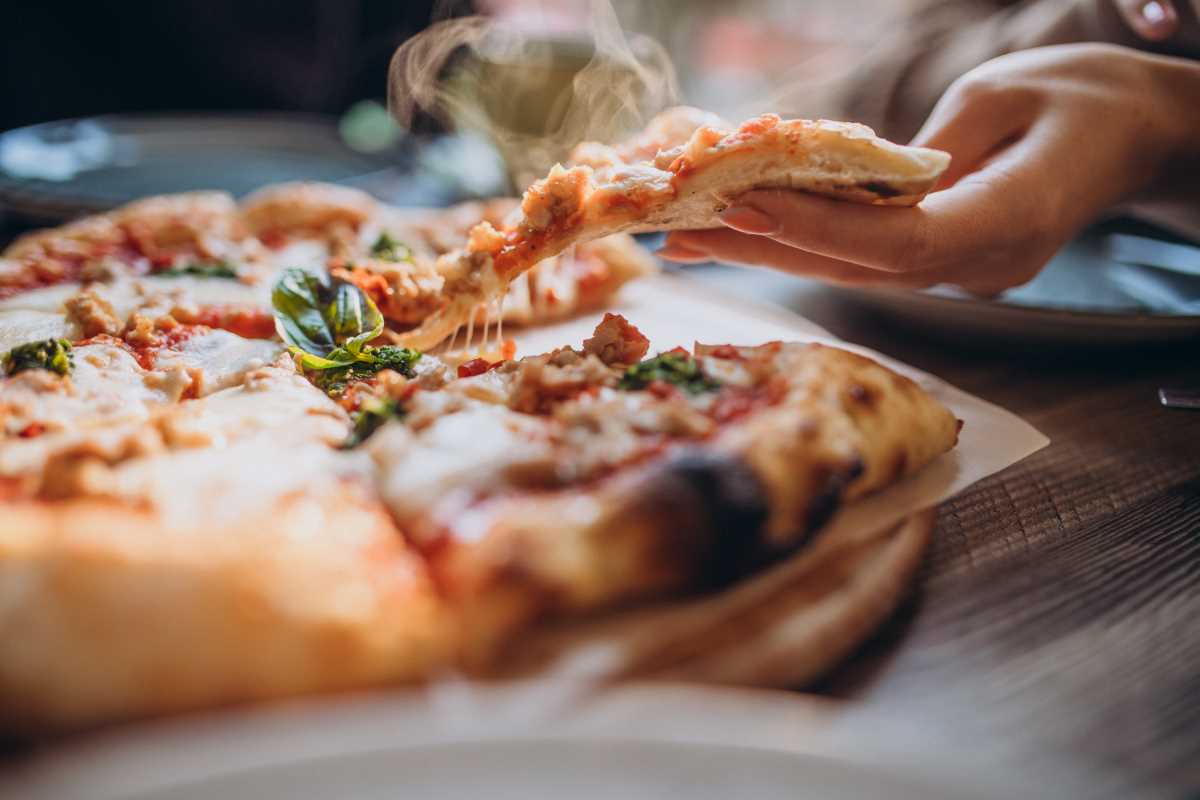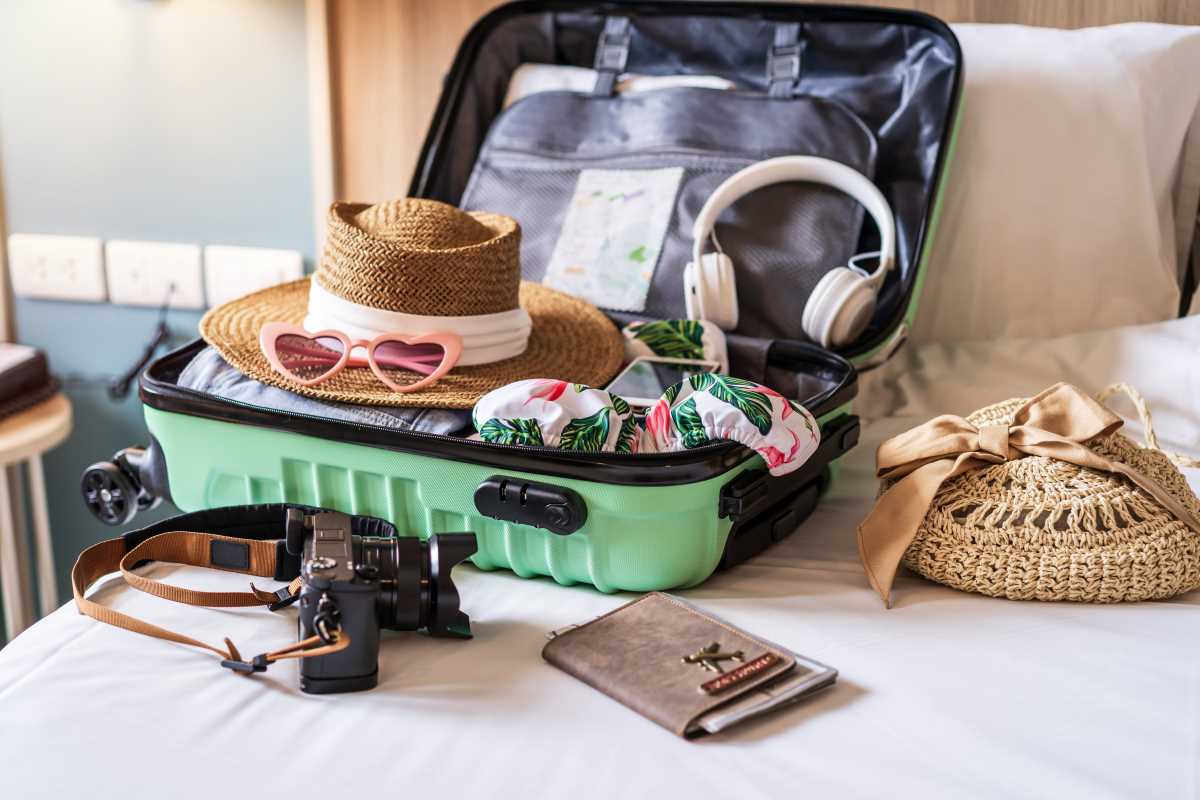Traveling isn’t only about seeing new places; it’s also about tasting them. Food has a unique way of telling the story of a destination. From spicy street tacos in Mexico to creamy gelato in Italy, local food reveals the culture, history, and soul of a place. Planning a trip centered around food can help you explore a destination in the most delicious way possible.
The idea of eating your way through a city might sound like a dream, but it does take some planning to maximize the experience. Whether you’re a foodie, a casual eater, or someone trying local specialties for the first time, this guide will help you organize a trip focused entirely on local culinary hotspots. From researching the best dishes to finding hidden gems, here’s everything you need to know to turn your next adventure into a food-centered escape.
Start with Research
Before packing your bags, start with some homework. The key to a successful food-focused trip is knowing what to expect from the cuisine at your destination.
Learn About Local Specialties
Every place has its signature dishes, and knowing what to look out for can make your trip more exciting. If you’re headed to New Orleans, you’ll want to try gumbo and beignets. If your destination is Tokyo, sushi and ramen are a must. Researching these foods ahead of time will give you an idea of what’s authentic and can save you from tourist traps.
Read Food Blogs and Watch Videos
Food blogs and travel vlogs are goldmines for finding the best eateries. Follow bloggers who have visited your destination and pay attention to which restaurants or street vendors they rave about. YouTube channels with street food series, like those by famous travelers, can also give you a sense of what to expect.
Use Social Media for Inspiration
Platforms like Instagram and TikTok are great for finding hidden food spots. Search hashtags like #ParisFoodies, #BangkokEats, or #NYCBreakfast to discover places locals love and tourists recommend. By checking photos and videos, you’ll see everything from food presentation to the atmosphere of the spot.
Check Food Review Platforms
Review-based websites and apps like Yelp, TripAdvisor, or Google Reviews can guide you to highly-rated restaurants. Look for places with great reviews that mention quality service, authentic flavors, and reasonable prices. Avoid spots that seem like tourist traps with inconsistently positive feedback.
Build a Food-Centric Itinerary
Once you’ve completed your research, it’s time to build your itinerary around the food you want to try.
Map Out Restaurants and Markets
Plot your must-visit food spots on a map to figure out how close they are to each other. This will help you plan your days efficiently and minimize unnecessary travel time. If two great food stops are on opposite sides of the city, consider dedicating a half-day to exploring each area.
Balance Structured Plans and Flexibility
While it’s helpful to make reservations and have some meals planned ahead, don’t overbook yourself. Leave room for spontaneous discoveries. Sometimes, the best places come up while wandering or chatting with locals.
Include Food Markets and Festivals
Food markets offer a fantastic way to sample a variety of local dishes in one place. They’re often cheaper than sit-down restaurants and have more options. If your timing aligns with a food festival or culinary event, make it a priority. These events are great opportunities to try unique foods in a festive atmosphere.
Plan Around Meal Times
Make sure to pace yourself to enjoy each meal experience fully. For instance, you might have a light breakfast to save room for a decadent lunch in that Michelin-starred restaurant you’re dying to try. Likewise, if you’re planning on a substantial street food dinner, consider skipping the heavy snacks earlier in the day.
Getting the Most Out of Your Food Experiences
Eating isn’t just about filling your belly; it’s about immersing yourself in the local culture. Here are some tips to make your culinary adventures even better.
Ask Locals for Recommendations
Locals often know the best places to eat, far from the usual tourist crowds. Chat with your tour guide, hotel staff, or friendly residents at cafes. Say you’re interested in authentic experiences, and chances are they’ll point you toward restaurants or stalls serving real local flavors.
Try Something New
Step out of your comfort zone and try dishes that might seem unusual at first. While it’s tempting to stick with familiar favorites, part of the fun of a food trip is discovering new flavors, textures, and ingredients. Who knows? You might find yourself loving squid ink pasta, durian, or century eggs.
Don’t Skip Street Food
Street food often provides some of the most memorable culinary moments. It’s a fast, affordable, and authentic way to sample local dishes. Just make sure to choose vendors who are busy and have clean food preparation practices. The longer the line, the better the food often is!
Take Your Time at Each Spot
Whenever possible, slow down to truly enjoy the food. Savor the tastes, smell the spices, and soak in the atmosphere of your surroundings. This will help create lasting memories of your culinary adventures.
Practical Tips for a Food Trip
Beyond the fun part of eating, there are logistical details that can make or break your trip.
Pack Smart
If your destination is known for certain types of food, bring essentials like zip-top bags or small containers to carry snacks with you. Keeping antacids or other remedies on hand is also a good idea, especially if your stomach might not immediately adjust to new cuisines.
Have a Game Plan for Dietary Restrictions
If you have food allergies or restrictions, research ahead to ensure you can communicate your needs clearly. Learn how to say key phrases like “I can’t eat peanuts” or “Is this gluten-free?” in the local language. Apps like Google Translate can also help with navigation in this area.
Stay Safe
Make sure to drink bottled water in countries where tap water might not be safe. Also, try to eat food that’s freshly cooked to avoid stomach issues. While adventurous eating is part of the fun, being cautious will keep your trip enjoyable.
Keep a Food Journal
If you’re a fan of documenting your travel experiences, consider keeping a food journal. Jot down the names of restaurants, what you ordered, and your thoughts on the flavors. This way, you’ll never forget your favorite meals and can share the details with friends or family.
Bringing the Flavors Home
Once your food trip wraps up, you can keep the memories alive by bringing a taste of the destination home with you.
Shop for Local Ingredients
Many food markets sell spices, sauces, or snacks that travel well. These items make excellent souvenirs and allow you to recreate some of your favorite dishes back home.
Take a Cooking Class
Cooking classes are an excellent way to learn how to prepare local dishes from the experts. Not only will you leave the class with new skills, but you’ll also have recipes to replicate at home.
Share Your Experience
Whether it’s through photos, social media posts, or dinner gatherings, share your food-centric travels with others. It’s a fun way to relive your trip and inspire others to explore the world through its cuisine.







